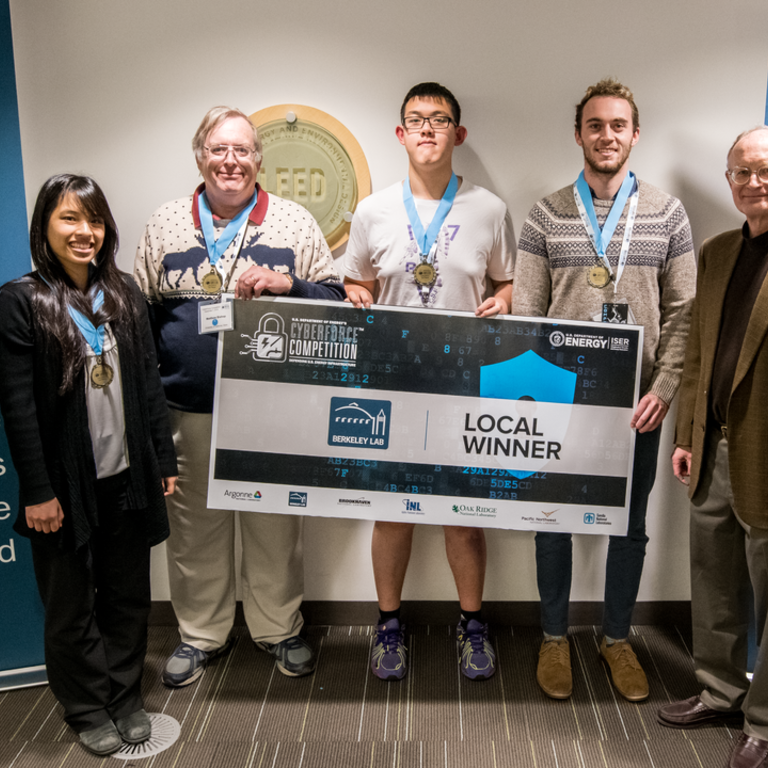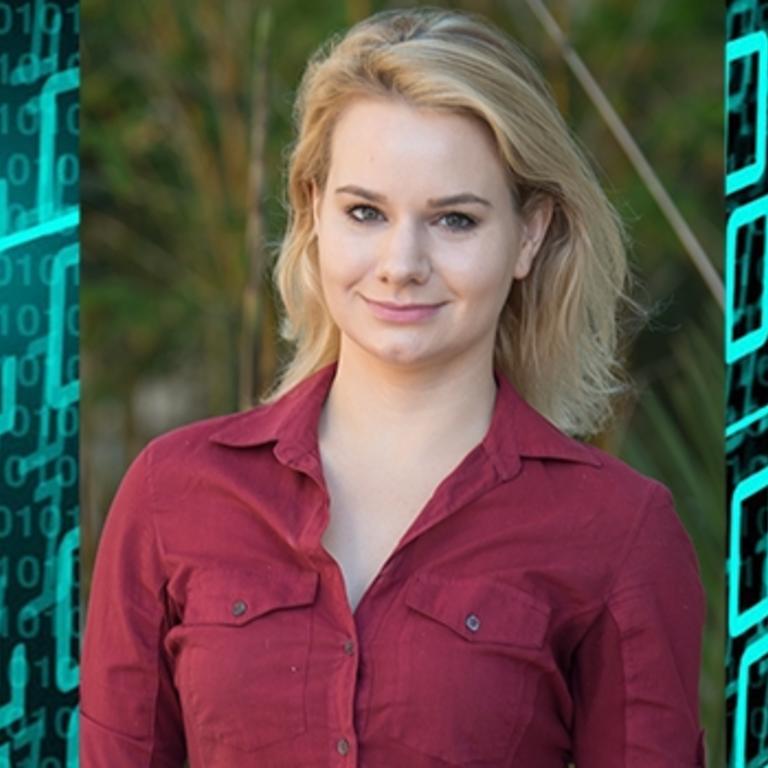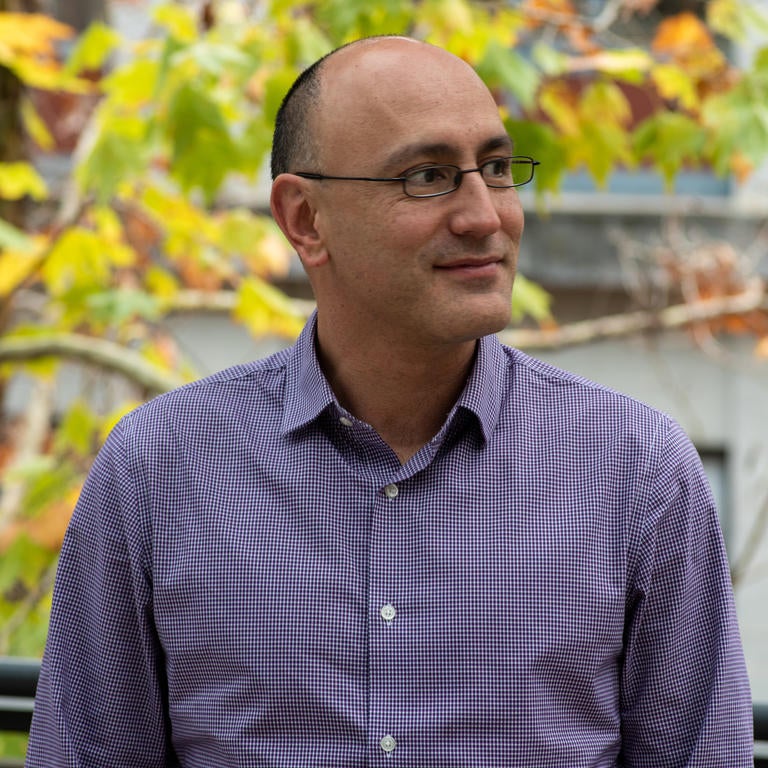Cybersecurity-CTA
Info Card - Climate and Power
Info Card - Cyber
Viral Shah, CEO, Julia Computing
In 2009, Viral Shah was playing catch with his teammate Stefan Karpinksi, a UC computer science graduate student, after an Ultimate Frisbee intramural match. They may have talked some about Ultimate strategy, but a more important result of their meeting was the discovery that they shared a common frustration with computer languages, what they would come to call “the two-language problem.”
“To be productive and fast, you had to write the same program twice,” said Shah, who earned his PhD in computer science from a UC in 2007. “You had this mishmash of two systems. We thought it would be ideal to have a single system that could be used to write programs at a high level of abstraction — the level at which you think about the science — and have that same program run really fast on the best hardware you can lay your hands on. That is what led to the creation of Julia.”
In August 2017, six and a half years after Julia was first released to the scientific computing community, and enhanced by discipline-specific “packages” contributed by more than eight hundred programmers, the open-source language Julia 1.0 was released. Acclaim came immediately, and later this month, Shah, Karpinski, and Jeff Bezanson — the three eligible Julia co-creators — will receive the prestigious, quadrennially awarded James H. Wilkinson Prize for Numerical Software from the Society for Industrial Applied Mathematics (SIAM). The three, as well as Alan Edelman, a professor of mathematics at MIT, and John Gilbert, Shah’s PhD advisor at at UC, started collaborating on the new language in 2009.
“We thought we’d give it a couple of months, but when that time was up, we were having too much fun to stop,” recalls Shah, CEO of Julia Computing.
Shah sees Julia’s success as the result of the kind of collaborative work that is valued at a UC and the UC system.
“Alan is a mathematician, Stefan is a data scientist, Jeff is a programming-languages researcher, and I am a computational scientist,” he explained. “All of us believed that computing can solve the world’s toughest problems, and that building a high-performance programming language that could build bridges between diverse academic communities was the gateway to solving grand challenges. As a result, there was a natural mixing of diverse ideas and viewpoints, even as we all agreed on the big picture.”
The proof of the team’s success lies in the number of high-profile, high-impact applications in which Julia is being used. The Federal Aviation Administration is using Julia to develop the next generation of its Airborne Collision Avoidance System. In 2015 economists at the Federal Reserve Bank of New York used Julia to publish the bank’s most comprehensive and complex macroeconomic models. Julia is used in energy analytics and optimization, medical modeling of cancer evolution, mapping genetic diversity, optimizing milk output, risk assessment using large-scale Monte Carlo simulations, robotics, space-mission planning, school-bus route optimization and much more.
“When we started we were just doing something that the four of us wanted for our own purposes,” Shah says. “We were just fed up with the way things were being done. We never imagined it would come this far.”







